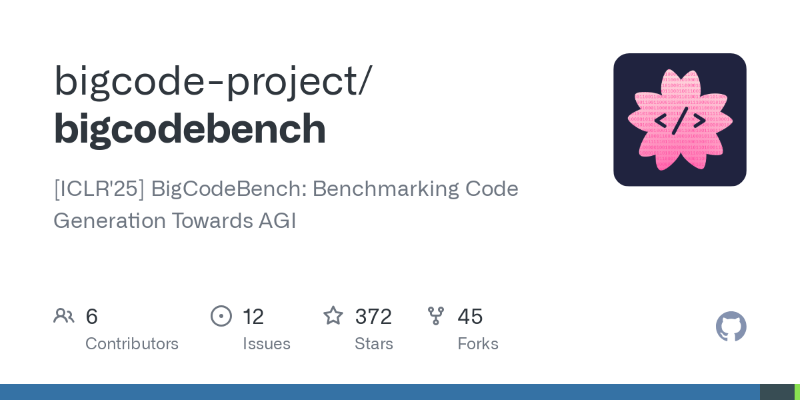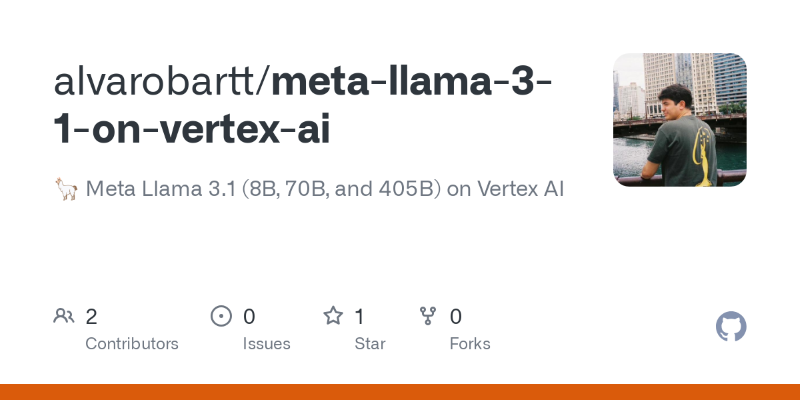Advertisement
Heard of… AWS Strands Agents SDK? Maybe not. Used it? Absolutely not… yet. But if you're someone who's ever messed with cloud apps, automations, or wanted to get things to talk to each other behind the scenes, this thing might be worth a look.
Think of it as Amazon’s toolkit for building agents that can "do stuff" (like respond to tasks, monitor systems, make decisions, you name it). And the best part? It's built to work with different apps, languages, and services, so you're not boxed in.
Let’s break down 10 real-world use cases where AWS Strands Agents SDK actually makes sense.
If you're still manually pinging your team on Slack every time a Jira ticket hits a certain stage... we're gonna need you to stop. This SDK can automate those kinds of workflows across multiple apps.
Let’s say someone closes a support ticket. Instead of logging in to 3 tools to update 3 different people, the agent could automatically post an update in Slack, trigger a customer follow-up email, and close the loop in your CRM. Boom.
You define the logic; the SDK handles the wiring. No duct tape integrations. No random zaps. Just real-time, responsive stuff—happening where and when it needs to.
Forget chatbots that say, “Let me check that for you...” and then never get back to you. With this SDK, you can build agents that actually interact with your systems. Like, for real.

Example: An employee messages the agent, “Reset my password.” Instead of replying with a support ticket link, the agent connects to your identity provider (say, Okta), verifies permissions, and resets the password on the spot.
Yes, it takes some setup. But once it’s done? Fewer tickets. Faster help. And a way less annoyed IT team.
You know those alerts your system sends out? The ones people see... and then ignore until things break? Yeah. Agents can step in here too.
With Strands SDK, you can build an agent that listens for these alerts (from CloudWatch, Datadog, etc.) and actually does something. Maybe it restarts a service. Maybe it scales an instance. Maybe it messages someone on-call with the logs attached.
Basically, it’s like adding reflexes to your systems. Not just eyes.
Support reps are great. But they’re not magicians. They can’t read your database mid-call or teleport into your billing system.
Unless… you build an agent that can. With this SDK, you can create an agent that helps your human support team by pulling data, updating records, or even handling small requests automatically, without needing to code that logic into the support app itself.
It plugs into what you already use (Salesforce, Zendesk, Intercom—whatever), which makes it... kinda slick.
Sometimes, devs just want to restart a service, check some logs, or roll back a deploy. But jumping into the console, checking permissions, typing 14 CLI commands... it's a whole thing.
With this SDK, you can give devs a Slack-based agent that does those routine dev-opsy things for them. It could respond to commands like “revert staging to yesterday's build” or “show CPU usage on worker-4” without leaving chat.
It’s not just cool—it’s less context switching. Which means fewer bugs. Fewer mistakes. Happier devs. (That’s the dream, right?)
You know that awkward new hire moment when they don’t know what tool to install or what forms to fill out? That doesn’t need to exist anymore.
Strands Agents SDK lets you build an onboarding agent that guides employees through setup, day by day, step by step. It can check if they’ve completed tasks, remind them (nicely), and even answer basic “where’s the link?” kind of questions.
HR tools don’t always talk to project tools or IT tools. But your agent can bridge that gap.
A meeting assistant should do more than just... add you to a call. With this SDK, you can build one that joins your stack together: checks everyone’s time zones, books the room (physical or virtual), grabs the latest doc from Google Drive, and pings attendees in their actual preferred channel.
It could even nudge folks before the meeting starts with a summary or task list pulled from previous notes.
No more “where’s the Zoom link?” panic. No more meetings that start 15 minutes late. We’re all too old for that now.
Let’s face it. Searching internal docs sucks. Even worse when the answer’s buried in a PDF uploaded six years ago.

With an agent, you can pull from multiple sources—Notion, Confluence, Drive, wherever—and give people real answers. Not just links. You could even use it to summarize documents or flag outdated info before it’s shared around.
It’s like a smarter, less annoying Clippy that actually knows your company’s stuff.
Incidents are... not fun. Everyone’s panicking, trying to figure out what broke, what’s already been tried, who’s doing what. It’s a mess.
An agent built with this SDK can help orchestrate the chaos. Think: starting war rooms, assigning roles, updating statuses, and keeping logs of who said what (so you're not piecing it together from six different threads later).
You still need humans in the loop, but the agent keeps the process moving. And honestly, that’s huge.
This one’s for the folks who use tools that don’t play nice together (and we know there’s a lot of you out there). Maybe it’s some old-school ERP system. Maybe it’s a custom-built internal app.
With this SDK, you can build agents that translate between those tools, passing data back and forth, triggering actions, or syncing stuff up on a schedule.
It’s like giving your team a private API... for things that don’t even have APIs. (Yes, we’re serious.)
The AWS Strands Agents SDK isn’t some fancy tech demo. It’s a practical, flexible way to get more done—especially if you're already deep into using cloud apps, internal tools, or just need your systems to stop acting like they live in separate universes.
And while it is developer-focused, once it’s up and running, the ripple effects are felt across teams. Faster responses. Less switching between tools. More automation that doesn’t feel robotic.
Whether you're tech-savvy, managing a growing team, or just tired of duct-tape workarounds, this might be something worth building with. (Or at least bugging your IT lead to explore.)
Advertisement

Is premium AR worth the price? Discover how Xreal Air 2 Ultra offers a solid and budget-friendly AR experience without the Apple Vision Pro’s cost

Why INDEX MATCH is often a better choice than VLOOKUP in Excel. Learn the top 5 reasons to use INDEX MATCH for more flexible, efficient, and reliable data lookups

Thousands have been tricked by a fake ChatGPT Windows client that spreads malware. Learn how these scams work, how to stay safe, and why there’s no official desktop version from OpenAI

How indentation in Python works through simple code examples. This guide explains the structure, spacing, and Python indentation rules every beginner should know

How to use Librosa for handling audio files with practical steps in loading, visualizing, and extracting features from audio data. Ideal for speech and music and audio analysis projects using Python

How to apply the COUNT function in SQL with 10 clear and practical examples. This guide covers conditional counts, grouping, joins, and more to help you get the most out of SQL queries

Discover the top data science leaders to follow in 2025. These voices—from educators to machine learning experts—shape how real-world AI and data projects are built and scaled

Looking for the best AI image enhancers in 2025? Discover 10 top tools that improve image quality, sharpen details, and boost resolution with a single click

IBM AI agents boost efficiency and customer service by automating tasks and delivering fast, accurate support.

Compare ChatGPT vs. HuggingChat to find out which AI chatbot works better for writing, coding, privacy, and hands-on control. Learn which one fits your real-world use

What makes BigCodeBench stand out from HumanEval? Explore how this new coding benchmark challenges models with complex, real-world tasks and modern evaluation

Need to deploy a 405B-parameter Llama on Vertex AI? Follow these steps for a smooth deployment on Google Cloud